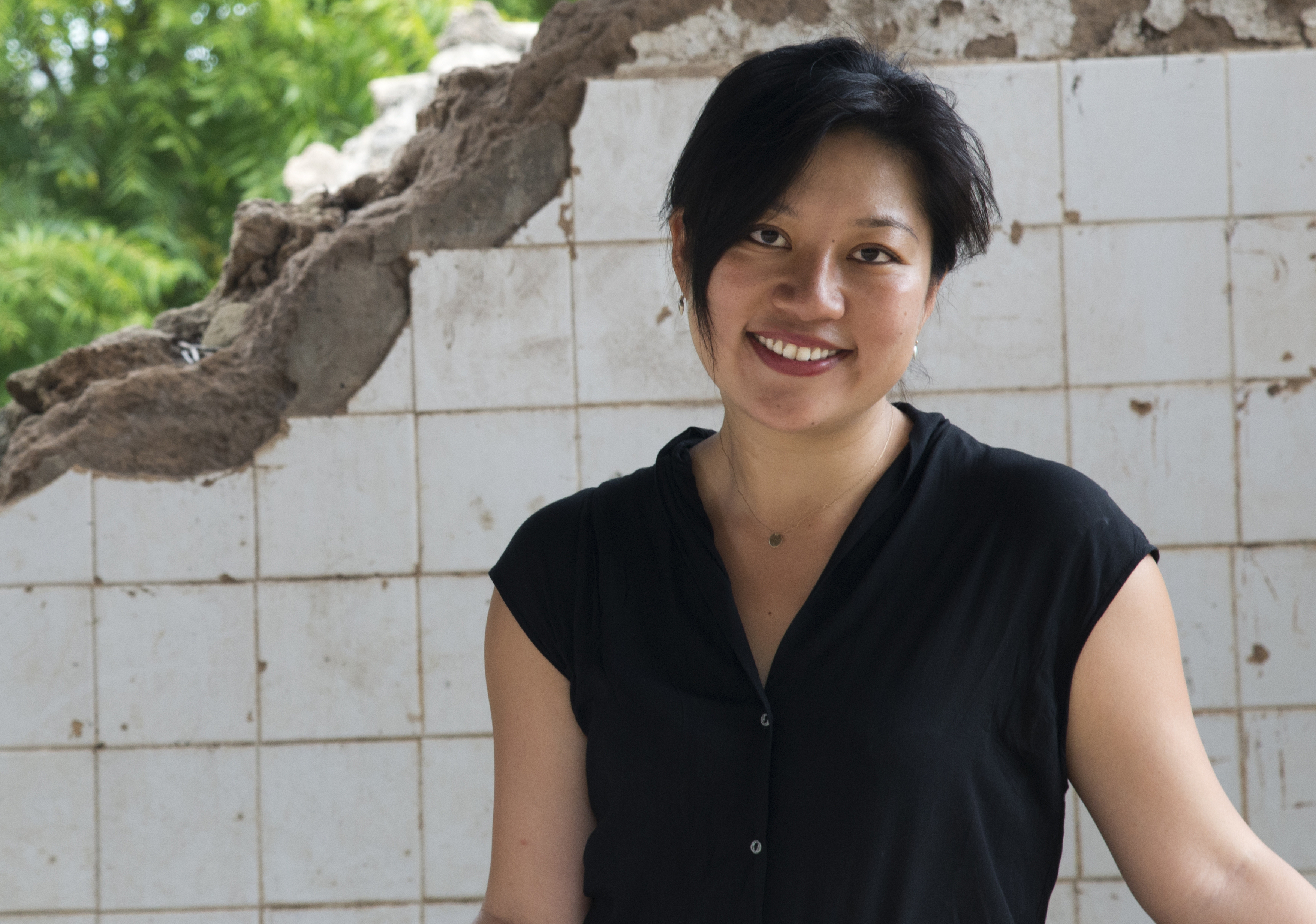Charlie Grosso is a writer, photographer, art gallery director, and brand consultant. She has traveled across five continents, through nearly 70 countries, via bus, train, caravan, and clunker. She has raced the Mongol rally, survived a hold-up by Ugandan rebels, and fallen in love with sublime moments through the lens of a Hasselblad.
How did you get started traveling?
I started learning photography the summer between high school and college. My first instructor was a student of Ansel Adam’s and his interest was nature/landscape photography. I lived in the suburbs and the large expanse of wilderness was simply unavailable. I understood then that if I would have to go elsewhere, to National Parks, to the edges of nowhere, if I wanted to work on that kind of landscape photography.
Two summers later, my sister handed me her old backpack and said I should buy a Eurorail Pass and go backpacking. That was the end of her instructions. I had no idea what backpacking was about, from the mindset to actual practical how-to. That first trip in Europe was a complete disaster.
How did you get started writing? How about photography?
I started writing when I was really young. I stopped when my father moved me from Taipei to Los Angeles. I was terribly insecure about English not being my first language and all the little stupid grammar mistakes that I would make. The insecurity plagued me for a really long time. It wasn’t until I was in my late twenties did I start to write again in earnest.
Whereas photography as been a constant, ever since that summer, ever since my first instructor put a Rolleiflex in my hand. I looked through the ground glass and fell in love. I’ve been in love ever since.
What do you consider your first “break” as a writer and photographer?
My first real “break” as a photographer came really early on, whereas that “break” as a writer didn’t arrive until much later, sometime in my 30’s. The older I get, the more uncomfortable I am with both labels. I have so much respect for both art forms. The humility keeps me working at the craft relentlessly.
As a traveler, fact/story-gatherer, and photographer what is your biggest challenge on the road?
I used to get really frustrated that I am not a white man. I used to be jealous of their obvious “foreign” status, the frequency with which strangers come up to talk to them, how often they get invited into homes, and more. I wanted to be as exotic as they were. It took a long time for me to appreciate the beauty of being an Asian woman, the non-threatening nature of my gender and ethnicity. Without any clear social-political-colonial implications I have a different kind of view and access.
What is your biggest challenge in the research and writing process?
The biggest challenge I find in working both as a photographer and a writer is the incongruity between the research and what you find. I adore the discrepancies as much it frustrates me. A lot of times I simply wish for more time. It takes so long before you can get plugged in before you start to understand the hidden dynamics of any place, culture, and situation. Yet, the current world of travel writing and journalism doesn’t have time for nuance and the ephemeral moments that shapes our experiences.
What is your biggest challenge from a business standpoint?
There was a time when a dollar a word is standard if not low; now you would be lucky to get 10 cents a word. We keep on selling ourselves short, we keep on undercutting each other. We compete on price rather than the art or the craft. This race to the bottom is not good for the creators or the audience, and in the long run, it’s not good for the publishers either.
Have you ever done other work to make ends meet?
Yes. I worked as a creative director as well as an advertising photographer in my twenties. Since then I’ve run a contemporary art gallery in NYC, consulted on branding and marketing for tech/media companies, start-ups, and NGOs.
Instead of hyper-specialization, I chose a Renaissance approach to my life and work. Straight lines only lead to fixed conclusions. I used to worry about being a jack-of-all-trades — until I realized innovation comes from connecting the dots.
What travel authors or books might you recommend and/or have influenced you?
My reading habits are strange and all over the place. A well-told story is what I’m after. William Finnegan’s Barbarian Days: A Surfing Life is one of my favorite reads this year. I love both Just Kids and M Train by Patti Smith. Anything by Pico Iyer and Ryszard Kapuscinski is a must read. The way Rebecca Solnit’s weaves multiple threads of ideas together as well as her command of language is astounding, I highly recommend A Field Guide to Getting Lost. Steve Almond is one of my favorite writers and I am blessed to call him a friend.
What advice and/or warnings would you give to someone who is considering going into travel writing or photography?
There are two kinds of travel writing. One that is about the place, which invariably touches upon the history and culture. The other kind of travel writing is about the writer and how they experience the world. The best kind of travel writing does both. In order to do that and do it well, the writer has to be willing to reveal his/herself to the road and the reader. That kind of honesty, vulnerability and self-reflection is tremendously difficult but it makes all the difference. I would say the analogy is the same for photography, but even harder to quantify. If I had to summon up a single sentence as “advice” I would say, hold nothing back, leave it all out there on the stage.

